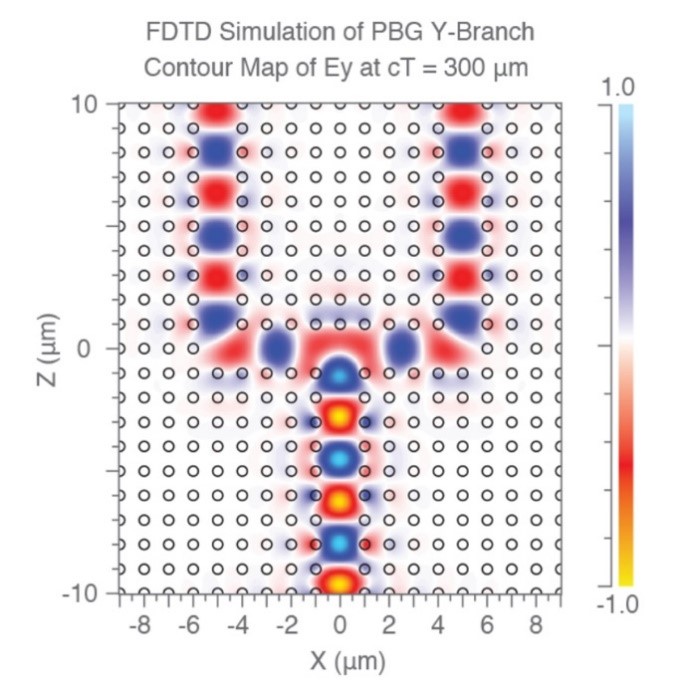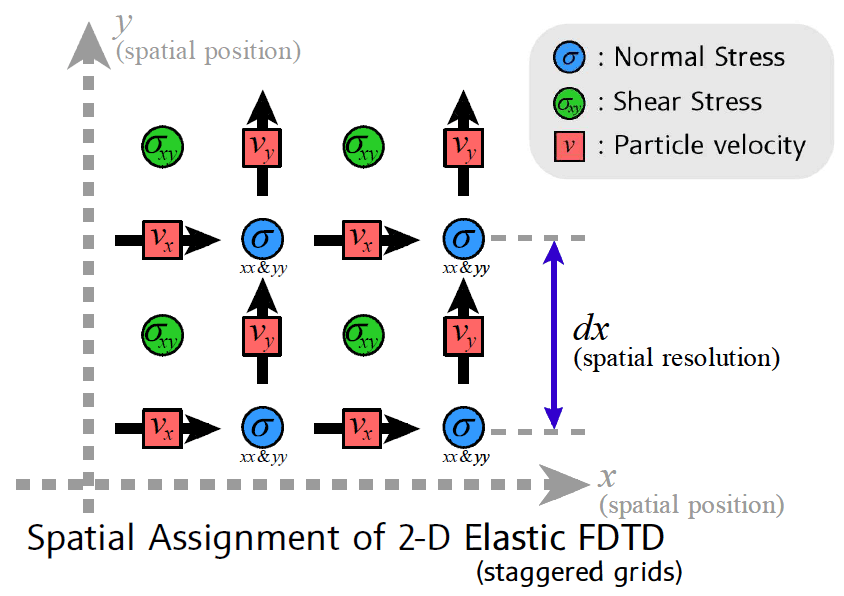
It is applied on super computer based on Linux system, which belongs to Shanghai Supercomputer Center of China (SSC).
Fdtd code code#
Now, the code is developed to solve larger-scale electromagnetic problems.
Fdtd code Pc#
It has been successfully run on PC cluster and blade server, both of which belong to Science and Technology on Antenna and Microwave Laboratory in China. As an extension of these researches, we have developed a parallel FDTD code using an MPI Cartesian 3D topology.

used an MPI Cartesian 3D topology in his research. Parallel computation of the E-H components with an MPI Cartesian 2D topology is adopted and has been explained step by step in as the authors of it addressed, it is the first paper on Parallel FDTD using MPI protocol. The MPI functions are employed to exchange the tangential electric (magnetic) fields on the boundary of the subdomain among the adjacent neighbors. The FDTD algorithm is combined with the MPI to run on parallel system. The FDTD in Cartesian coordinates can be easily divided into many subspaces, and each computer in a parallel system deals with one or several subdomains. It is easy to implement because the Yee scheme is explicit. To overcome the problem, a Parallel FDTD algorithm using the Message Passing Interface (MPI) library was developed by Volakis et al. However, as a powerful numerical technique, the FDTD method is restrained to computation resource when analyzing the scattering of electrically large targets. The FDTD method has been applied to many radar cross section (RCS) calculations with accurate results. The Finite Difference Time Domain (FDTD) method, introduced by Yee, in 1966, is one of the most popular three-dimensional methods in computational electromagnetics. Various comparisons are made and some useful conclusions are summarized. To show the validity of the presented method, several numerical results are given in the later part.

Fdtd code how to#
The general rules are presented on how to obtain the highest efficiency of parallel FDTD algorithm by optimizing MPI virtual topology. Then, the influence of different virtual topology schemes on parallel performance of parallel FDTD is studied in detail. Nevertheless, with the same number of processors, computing efficiency is affected by the scheme of the MPI virtual topology. It is well known that the more the number of processors the less computing time consumed.

Parallel FDTD method is applied to analyze the electromagnetic problems of the electrically large targets on super computer.


 0 kommentar(er)
0 kommentar(er)
